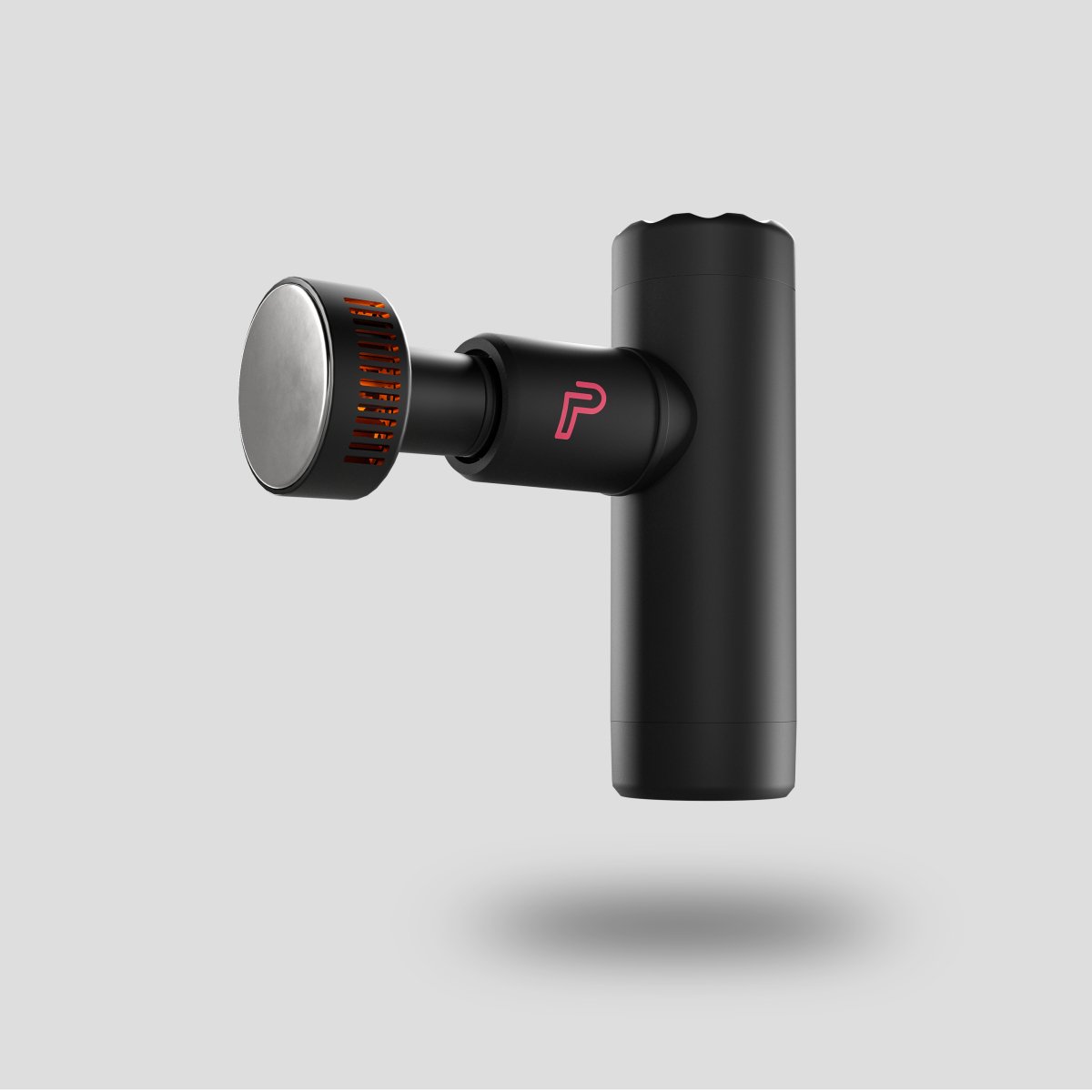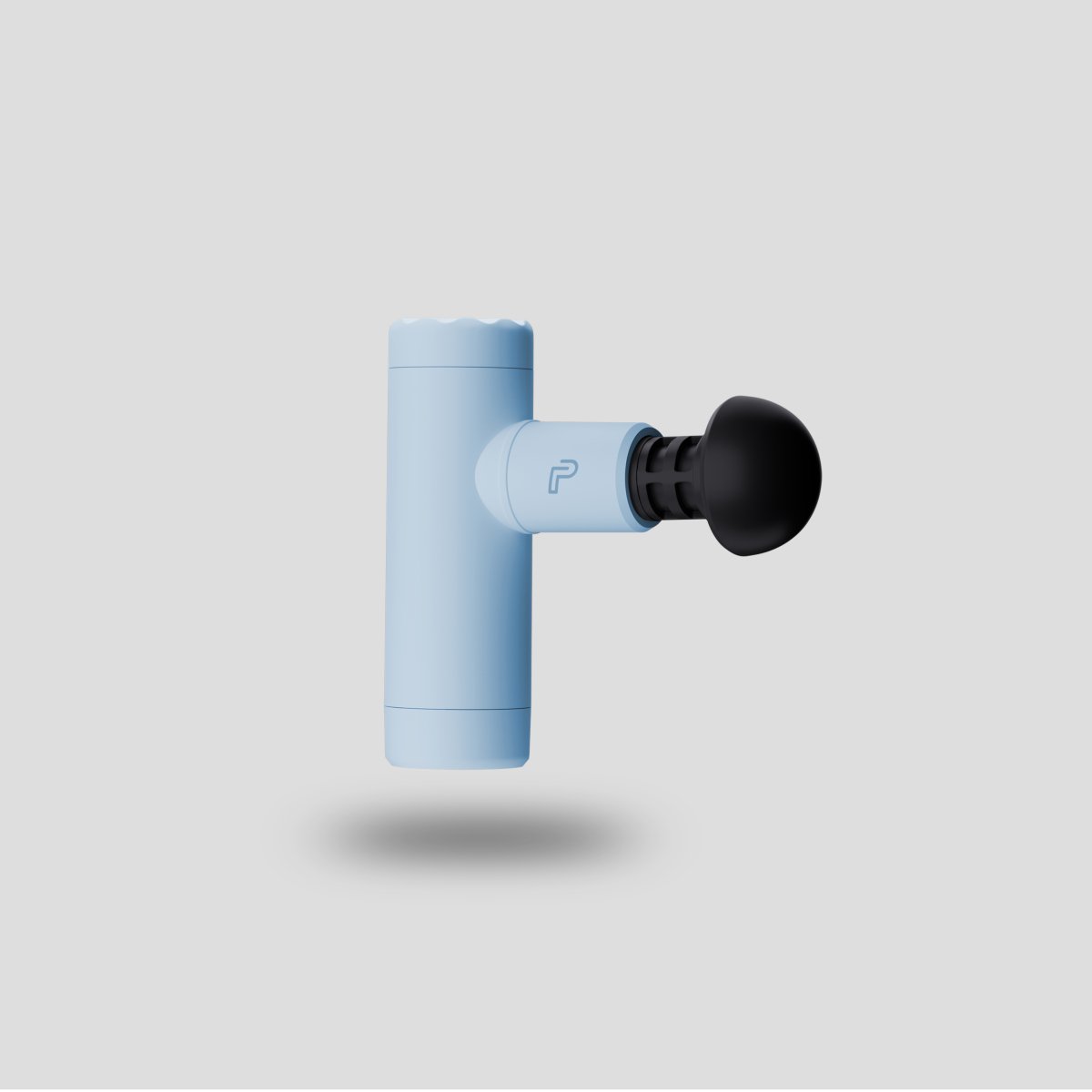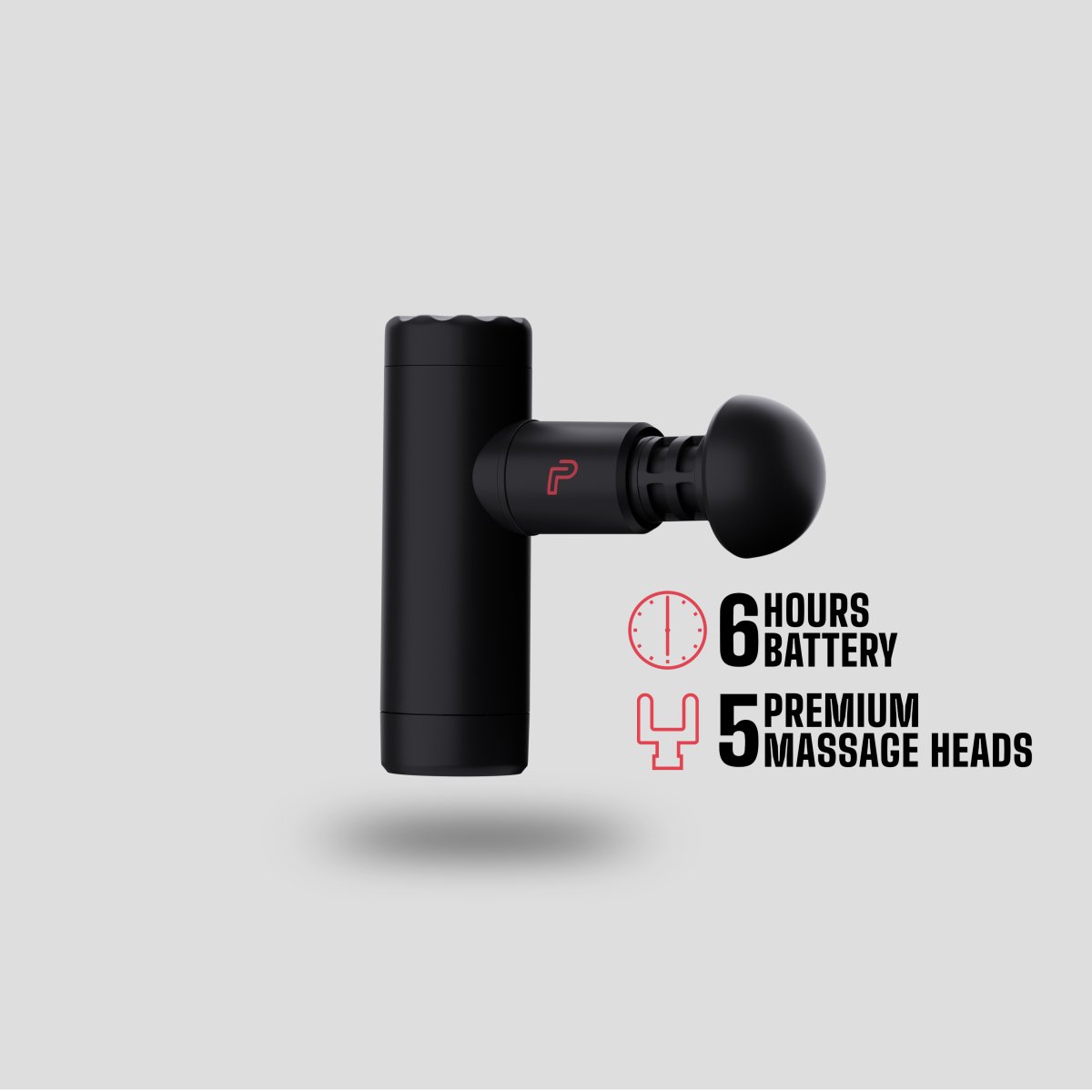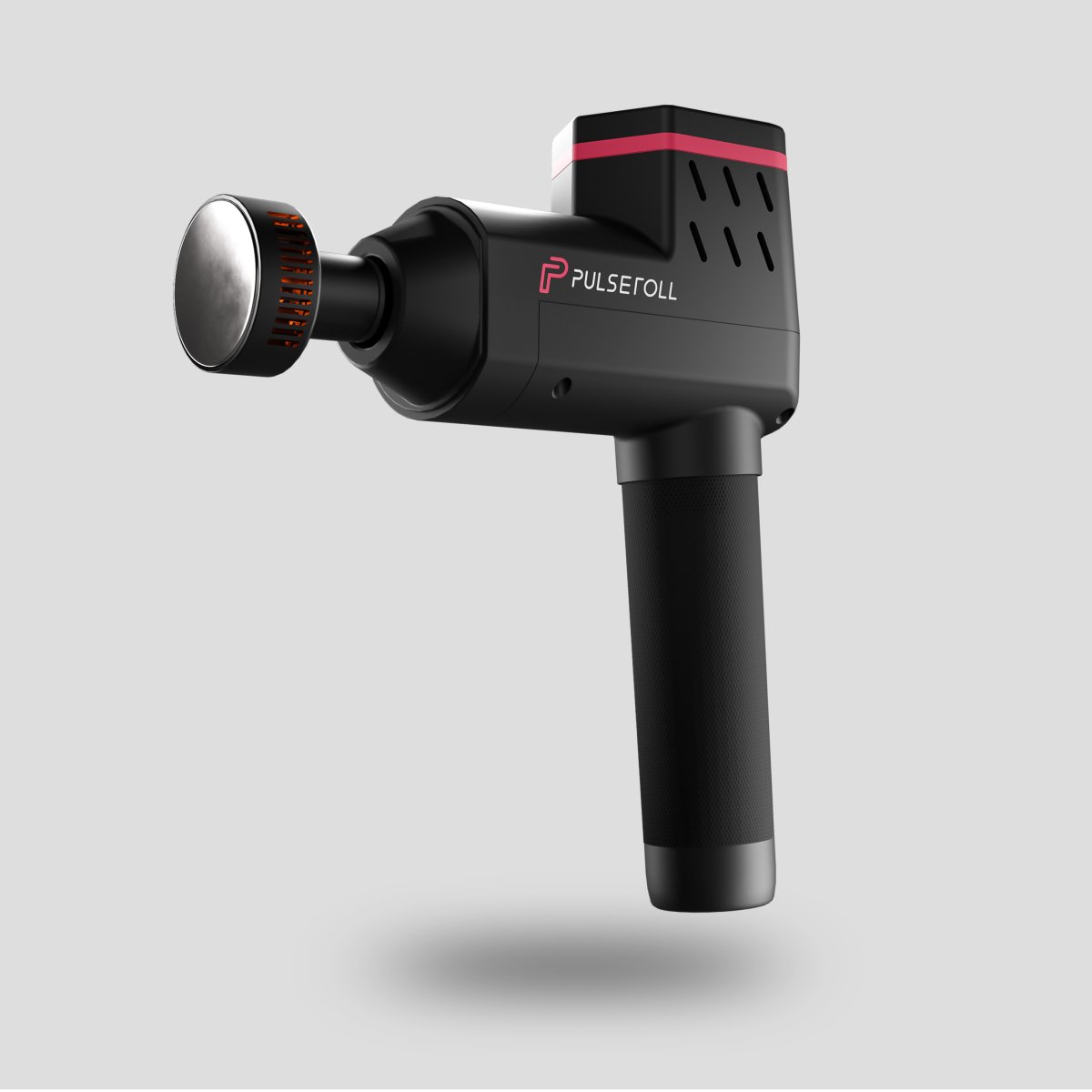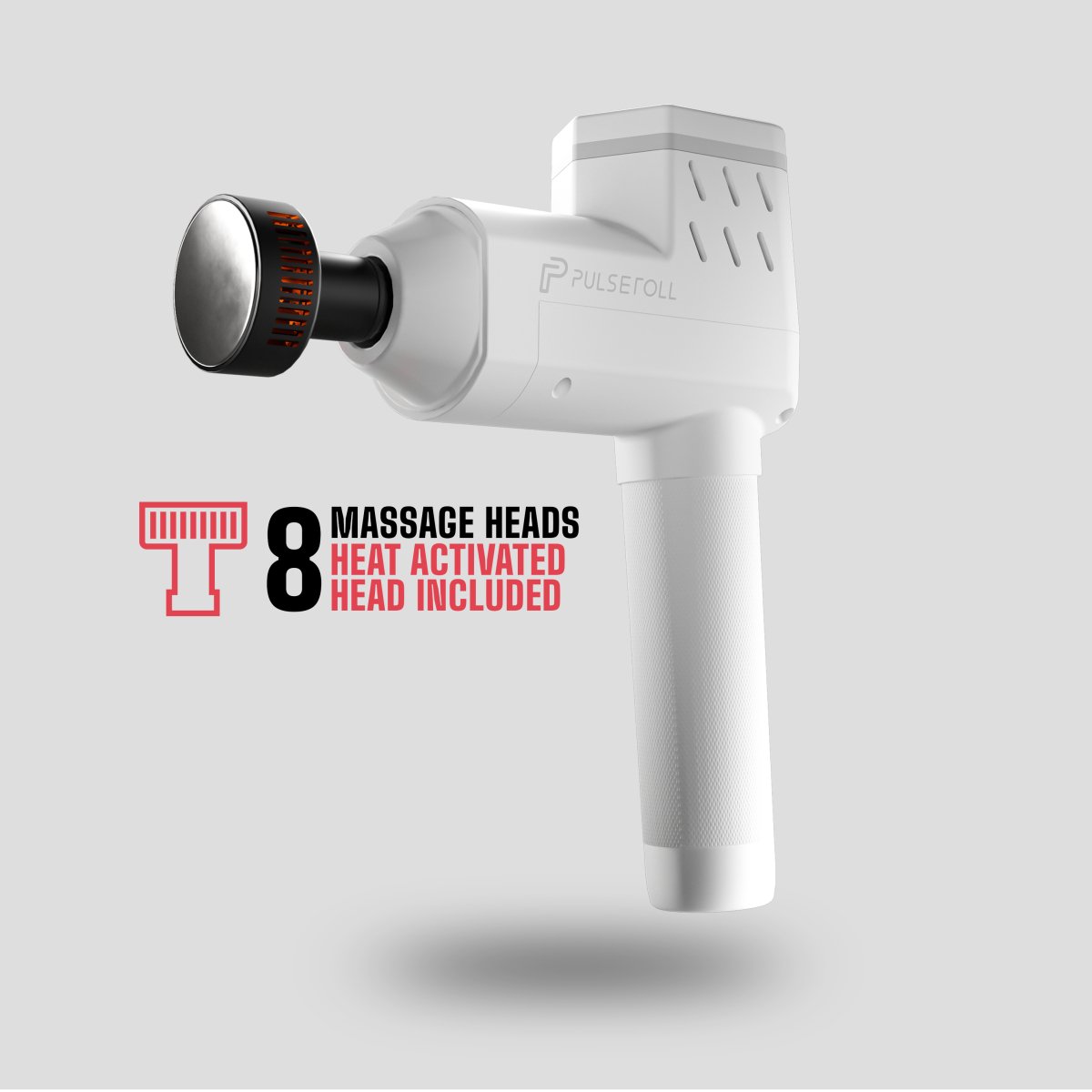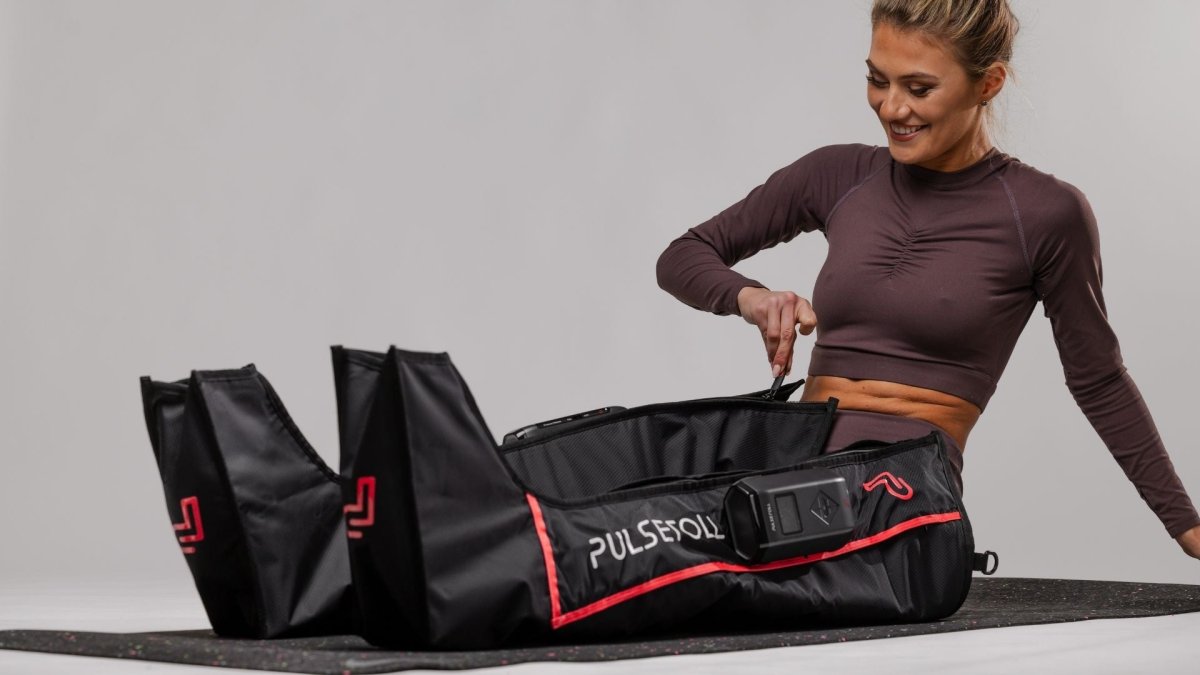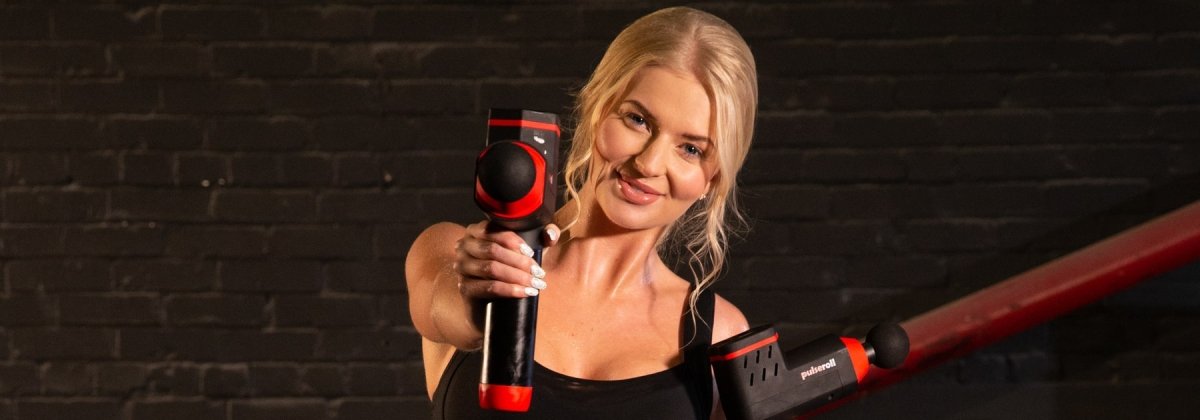Pulseroll investor, ambassador and user, Anthony Joshua believes using Pulseroll’s vibration massage devices improve his recovery. His long term physio and performance coach, Rob Madden has seen the benefits the devices have and now incorporates them into his training plan for Joshua.
Over the next four months, Rob is going to write a series of blogs for us, looking at the secrets behind AJ’s recovery and offering simple tips and tricks you can use to maximise your training. As well as working with Joshua, Rob is a physio at The Centre for Health and Human Performance on Harley Street and a performance coach in Formula 1, working with Aston Martin’s Lance Stroll.
In this first post, Rob will discuss the importance of recovery and the key strategies you can use to maximise your training.

What is Recovery?
The ability to regenerate from exercise enabling you to perform at your best and avoid injury.
Recovery Strategies
1. Periodisation
Always have a plan! Diarising and planning your training and recovery in a scientific and smart manner is what we call periodisation. A periodised training plan is integral for maximising performance, and your weeks should be planned out, with the intensity of each workout measured to ensure you are allowing your body time to recover and perform at its best.
The intensity of your workout can be presented in a simple traffic light system, with Red sessions (where you are working in higher intensity of effort and maximum heart rate), on a sliding scale to green, where you are performing light exercise focused on recovery and lower intensity and heart rate zones.
Periodising your workouts is a smart way to help you reach your goals faster and make you less susceptible to injury. An easy way to do this is to measure how hard the session is using a rating perceived effort (RPE) scale. This will give you a number ‘score’ for ‘load’ by multiplying the duration of your workout by the intensity of your workout. E.g. a 45 minute walk at 2/10 intensity is 45 x 2 = 90, but a 30 min HIIT session at 8/10 is 30 x 8 = 240, so overall double the ‘load’.
Looking at the below example table of a typical week for a professional boxer, you can see how the time and intensity of the sessions vary in a scientifically planned manner. By varying the intensity and time of training sessions in a smart way like this through your week, you will always feel at your best and give your body the best chance of recovering fully.

Harder sessions are followed by easier sessions or by recovery, and when sessions are doubled up on the same day, they are never both high intensity. This is important to reduce illness and injury risk and over fatigue.
For a regular person that perhaps enjoys working out five times a week you can easily apply the same principles! For example, two high intensity sessions, one at the start and one at the end of the week, two moderate sessions and one lower intensity session. Rest days are also great for recovery, however it is still important to remain active and not sit around! For example a nice walk or stretch is great for a recovery day.
2. Post Training Cool Down
After training it important to cool down to lower your heart rate and reduce the build up of lactic acid that can lead to tightness and muscle soreness. Many of you might know this as DOMS, or Delayed Onset Muscle Soreness.
One effective and simple way to do this is by using vibration therapy, such as Pulseroll’s massage gun and vibrating foam roller. Applying pressure to the areas you have targeted during your workout using vibrations has been scientifically proven to increase blood flow to the muscles by up to 22% which can relieve muscular pain and increase your range of motion by up to 14%.
Another way to cool down the body is do an activity like cycling at a very low intensity to minimise the leg muscles getting stiff and allow the heart rate to come down slowly from those harder training sessions. This is what we call active recovery and is why you sometimes see professional footballers and rugby players spinning their legs off on a bike at the side of a pitch after coming off.
3. Sleep
Sleep is the most important part of recovery. We will get into the benefits of sleep and how to improve you sleep in more detail in a stand alone blog later in the series, but for now, here are my five top tips.
• Have a set bedtime and wake up time, even on weekends.
• Establish a bedtime routine. This could be having a hot bath, listening to music, reading a book, using the Pulseroll massage gun to unwind.
• Minimise your contact with blue light. Blue light from electrical devices suppresses the body’s release of melatonin, a hormone that makes us feel drowsy. Most devices will now offer blue light reduction tools, but you can also buy special glasses that will reduce the impact the light has on your body.
• Go to bed before midnight. It has been scientifically proven that your recovery hormones (such as growth hormone) are released maximally between 10pm and 2am.
• See sunlight as soon as possible when you walk up

4. Monitoring
• Track your Rating of Perceived Exertion (RPE)
As previously mentioned, use RPE to show ‘Load’ (RPE x time). A good way to track your training sessions is to measure how hard the session is using a rating perceived effort (RPE) scale and how long it was.
• Wearable Technology
Using a fitness tracker will enable you to measure your heart rate and sometimes heart rate variability depending on the device / app. The things to pay attention to are your heart rate during exercise, your resting heart rate and heart rate variability at rest and at night. This will allow you to measure trends to ensure you are performing at your best!
If your resting heart rate stays the same or reduces over a training cycle, that is good. If it increases, you might not be getting the right recovery in or could be run down. As a rule of thumb, if your heart rate variability remains the same or shows an increase then this is a positive sign. If it reduces outside of its ‘normal’ range this could be a sign to prioritise recovery. However, it is not always so straight forward and the topic of heart rate variability in sports science is an often debated and complex subject. It is therefore important for people to look at trends but most importantly listen to your mind and body.
• Gut Feel
Listen to your body. What we call daily qualitative monitoring is really important to stay in tune with yourself. Don’t get lazy and use it as an excuse not to train, but don’t train for the sake of it. Instead, you could use the time to work on your recovery using Pulseroll’s devices or going for a relaxing walk.






